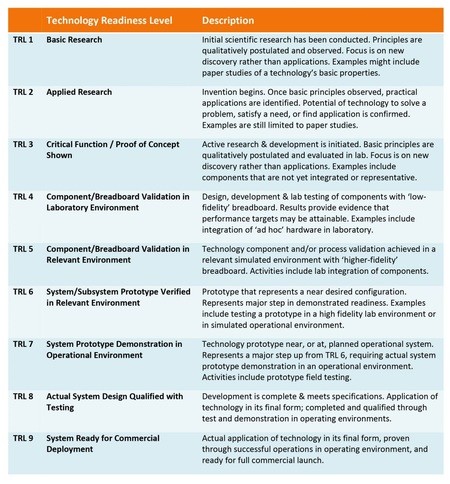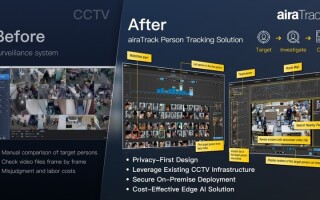CES 2017: Leti, the biggest little organization you never should have heard of
January 12, 2017

Eureka Park at the Sands Convention Center each year is an environment that represents the core of CES - it's dedicated to startups. I never seem to l...
Eureka Park at the Sands Convention Center each year is an environment that represents the core of CES – it’s dedicated to startups. I never seem to leave enough time on my schedule to explore it in its entirety each year, but I do make it a point to stop by. And each year, the energy there is palpable.
This year, I stopped by the Leti booth, and, based on the other exhibitors in the Eureka Park hall, you can imagine my surprise upon learning that the company was founded in 1967, has roughly 2,000 employees, and generates revenues each year of about $300 million euros. I therefore had to ask Dr. Diego Puschini, a research engineer at Leti what they were doing alongside a bunch of kids with ideas looking for angel investors, and he explained that they “help bridge the gap.”
Leti is a non-profit research organization that receives approximately 15 percent of its operating revenue each year from the French government, and focuses primarily on moving theoretical engineering concepts from the world of academia into the realm of commercialization. What this means typically is that Leti researchers aid in advancing technologies that reach a technology readiness level (TRL) of about 3 to a TRL of 7 or 8, then license that IP out to companies looking to take solutions to market. As part of this process, Leti develops technologies to certifications and specifications required by a given end market (for example, industrial automation, robotics, telecom, aerospace, and automotive), and creates error-free prototypes. According to Puschini, 250 patents are awarded to the company annually as a result.
As an example at their booth, which was surrounded by companies that have built end products based on Leti IP, Puschini walked me through the ASIL-D-certified SIGMA FUSION automotive vision system that leveraged a stereo camera and two lidars. While that in itself isn’t novel, what is is that the entire system, including the sensor fusion, was running on a Cortex-M7-based STM32 microcontroller (MCU). As you can see in the figure below, the blue sections of the rendered image signify free space, the red/yellow pixels indicate an obstruction (Diego, me), and the white/clear areas denote areas of uncertainty that lie beyond the obstructions.
Aside from the cost and weight savings of this implementation, Puschini said that similar systems typically consume 40W-50W of power, while Leti’s averages about 1 W. He imagines that in the future, such systems will be deployed in conjunction with more robust automotive processing platforms such as NVIDIA’s Drive PX, enabling the resources of the larger processor to be reserved for functions such as multi-domain sensor fusion, image recognition, machine learning algorithm processing, etc.
At first, I didn’t believe it. But that’s what you get at CES.






